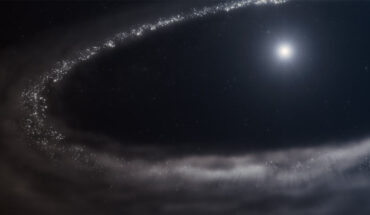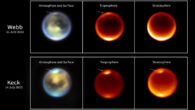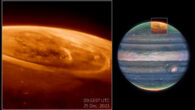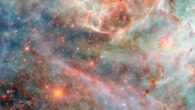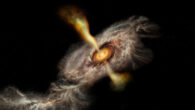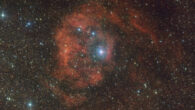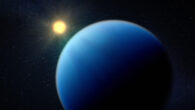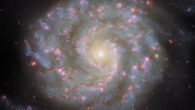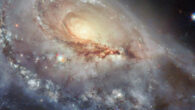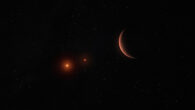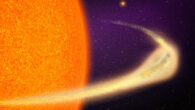Water ice heavily influences the formation of giant planets and may also be delivered by comets to fully formed rocky planets. Using data from the Near-Infrared Spectrograph (NIRSpec) onboard the NASA/ESA/CSA James Webb Space Telescope, astronomers have now detected crystalline water ice in a dusty debris disk that surrounds HD 181327. An artist’s impression of a debris disk around the Sun-like star HD 181327. Image credit: NASA / ESA / CSA / STScI...

